Recent Articles
Popular Makes
Body Types
10 Tips for Getting the Best Car Loan
If the car makes your kid happy, maybe it will make you happy too. ・ Photo by Adobe Stock
It happens thousands of times every day. People get car loans to pay for a purchase they are about to make, a purchase that many of them have spent days, weeks, and perhaps even months researching and preparing for. Much of that preparation and research was designed to save them money, to optimize the purchase, but here is a question for them: Did they spend anywhere near the amount of time researching the car loan as they spent on researching their car purchase?
If they didn’t, unless they are extremely lucky, they failed to get the best car loan they could have. And that failure could well cost them not just hundreds but thousands of dollars. The simple fact is that many people fall into their car loans rather than taking the necessary steps to make certain they are getting the best deal they can. There is a price to be paid for that, a big price. To help you avoid that money pit, here are 10 tips for getting the best car loan.
Know Your Budget
Few American households adhere to a written, agreed-upon yearly budget. Money comes in and money goes out, but rarely in a well-thought-through rational way. Instead, many households live paycheck-to-paycheck with the hope that the next payday will take care of the expenses that have already been run up. Sometimes they do. A lot of times they don’t, and that’s where consumer credit rears its ugly head. Getting behind on credit card payments can eat you up.
All that said, before you buy a new car because you want one or think you deserve one, sit down and figure out how much you can pay per month to purchase a new vehicle via a monthly-installment car loan. Financial experts say you should spend no more than 15 percent of your monthly net income on transportation. That includes not only your loan payment, but also car insurance, gasoline, repairs, and maintenance. And if you take Uber or Lyft a lot, throw that in, too.
Check Your Credit
Credit reports and credit scores exist to help potential lenders understand what kind of credit risk you are. Do you pay back your debts on time and in full? Or are you continually late in getting payments to companies that offer you goods and services on credit? Among these are utilities, retailers, lenders, and, of course, credit card companies.
You might not have a sense of how you are rated, but you can get a report from each of the three major credit-reporting agencies — Experian, Equifax, and TransUnion. A website called annualcreditreport.com is an excellent free source of this information. You should go over your credit report carefully to determine if there are any errors, for instance, debts you have paid that are still listed as outstanding. Contact the credit agency about these discrepancies and get them corrected.
Photo by Adobe Stock
Discover Your Credit Score
Your credit score is closely related to your credit report, but typically you won’t find it in your credit report. Instead, you need to go to a different source for this information. Many now exist on the Web, sites like CreditKarma, Quizzle, and CreditSesame. In addition, some credit card issuers offer their customers free access to their credit scores.
Once you have access, check your score, which is based on information in your credit report. Factors that go into a credit score include how much money you owe, how long you've owed it, how many and what kinds of credit accounts you have, and how often you miss or are late with payments. Correcting errors in your credit report can help you improve your credit score. So can things like paying off balances on individual credit cards. Knowing your credit score will help you determine the loan rates you can obtain.
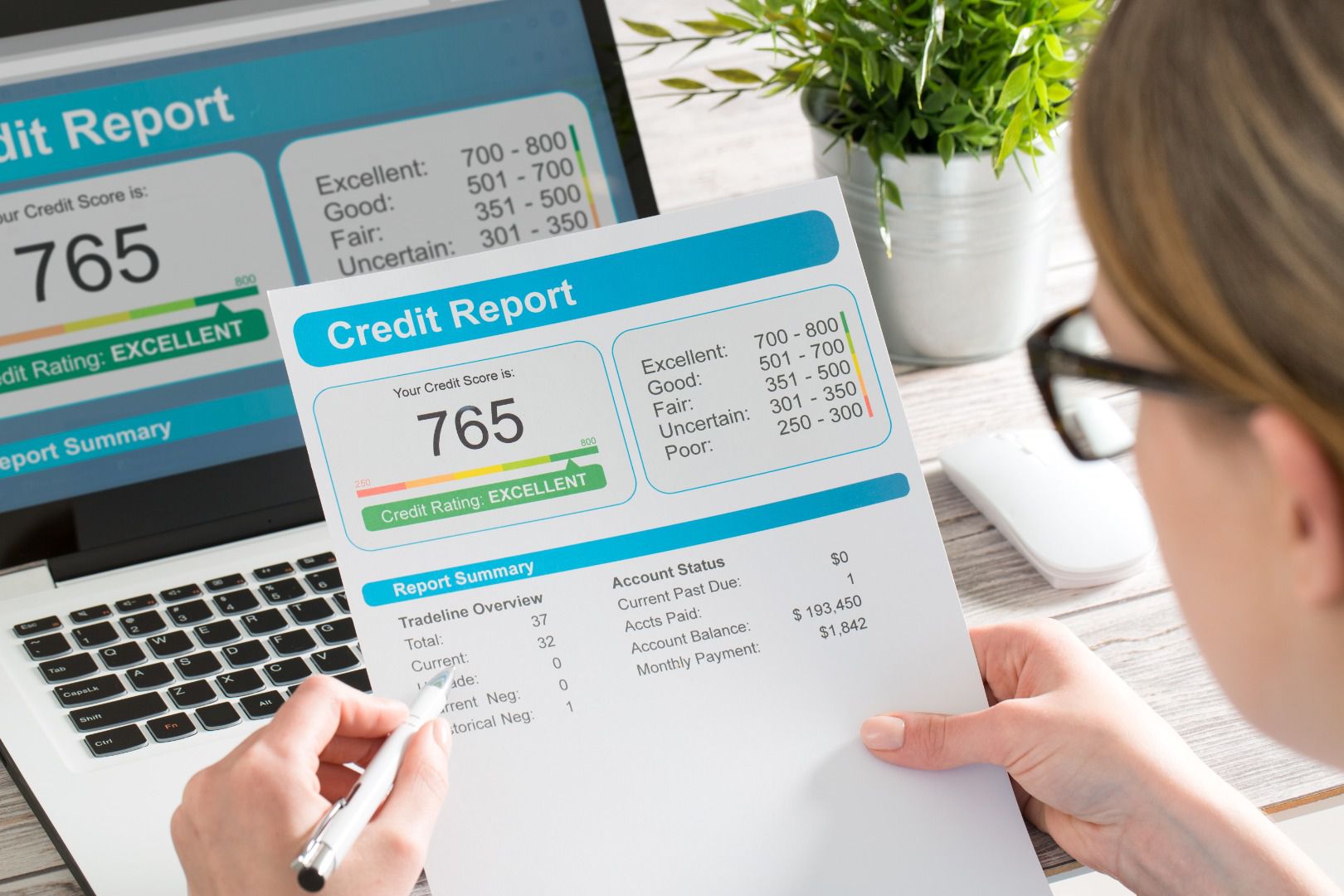
Photo by REDPIXEL - stock.adobe.com
Shop for Financing
Many consumers shop like crazy to get the lowest price on a new-car purchase, and then they take the financing the dealer offers them without shopping that at all. It can be a very costly mistake.
The world is full of auto loan sources. Local banks and credit unions are typically good places to get auto loans. And the internet is full of “direct lenders,” some affiliated with large lending institutions, that will make auto loans. It is wise to contact several lenders of different types to get quotes, and that will enable you to compare their offers. There often is a substantial difference in the quotes, so choosing carefully can save you a considerable amount of money. In the past, borrowing on a home equity line of credit or against an insurance policy were also potential sources of cash, but today’s extremely low interest rates have largely eliminated them as a good source of funds.

Photo by sinenkiy.com.ua
Get Pre-Approved
When you have done your homework on the lender that seems right for you, it is time to take the next step and get pre-approved for a loan. Pre-approval means that the financial institution will fund the loan at agreed-upon terms even in the absence of a specific vehicle for which the money will be lent. When you know the exact vehicle you’ll be purchasing, the loan will be officially approved and funded.
With a pre-approved loan, you have a baseline of what your financing will cost you, including the interest rate, monthly payment, and length of the term. You will also have time to determine how the loan fits into your monthly budget, being mindful of the fact that just because you are approved for a particular amount doesn’t mean you have to spend it.
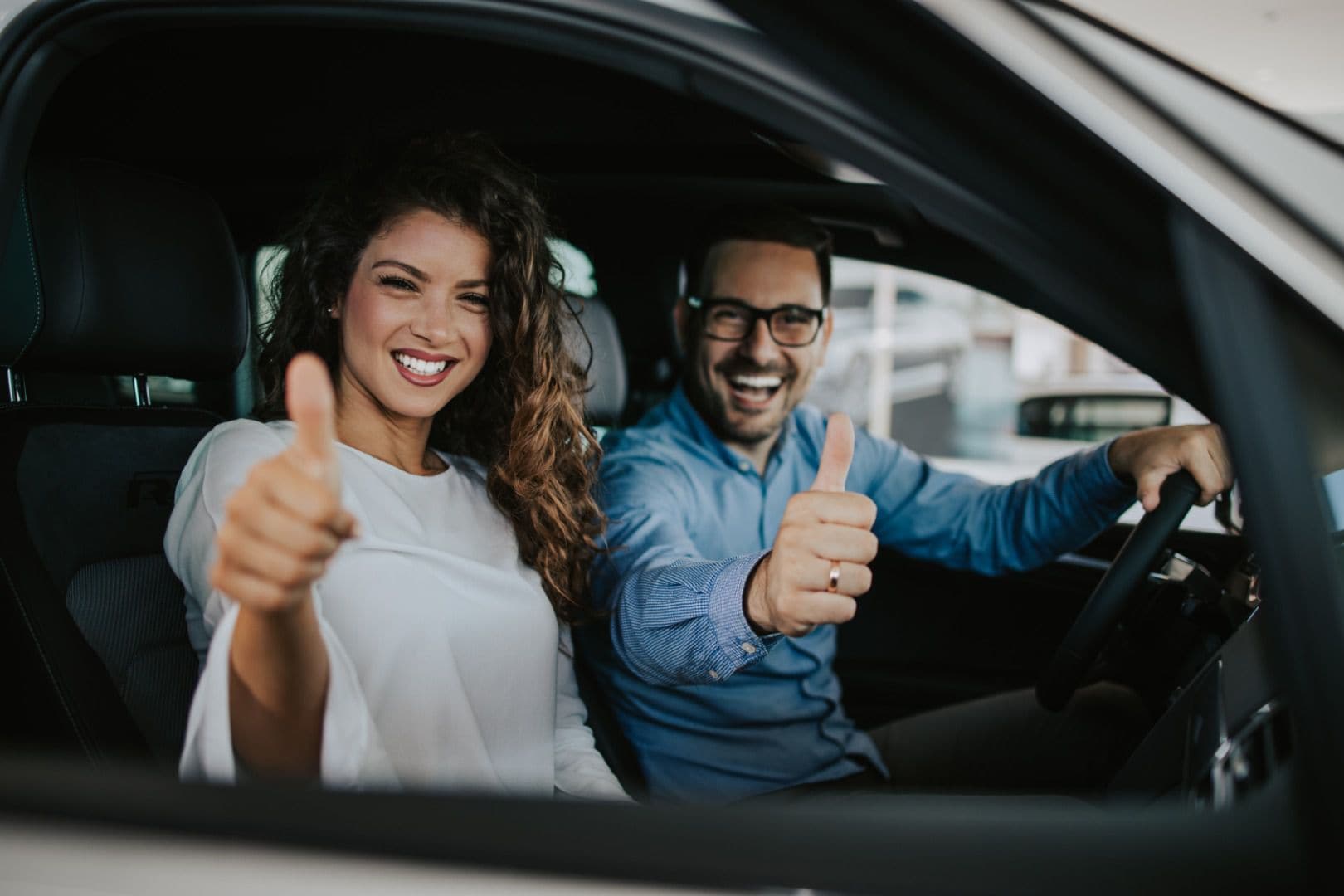
Photo by Dusko - stock.adobe.com
Make a Substantial Down Payment
As part of the pre-approval process you might have been asked how much you intended to put “down’ on the vehicle you’re buying. The “down payment” is the initial amount of money you pay for the car, typically 10 percent to 20 percent, and it does two things.
One, it lessens the risk of the loan to the lender, because the lender has that money in hand from the start even if you fail to make any payments and let the car be repossessed. Two, and more important to you, the larger the down payment on a particular car, the smaller the loan is. And the smaller the amount you borrow, the less you’ll have to repay, all other things being equal. You might find it hard to come up with $3,000 or $4,000 for a down payment right off the top, but that expenditure will be likely to save your hundreds of dollars in interest over the life of the loan.

Photo by terovesalainen - stock.adobe.com
Borrow as Little as Possible
As we just mentioned, the smaller the loan, the smaller the amount of interest you pay over the course of your loan term. Making a big down payment is one way to lessen the amount you finance.
Another logical way is to purchase a less expensive vehicle. It doesn’t take advanced calculus to figure out that it will cost you more in interest payments when you borrow, say, $25,000 versus $22,000. Not only will you have less principal to repay (by $3,000), you also won’t have to pay interest on that extra $3,000. So being careful about the amount you finance is important. For example, it might seem convenient to roll fees and charges associated with the purchase into the auto loan. But if you do you will pay interest on those charges for the life of the loan. It’s better to pay those “out of pocket” at the time they’re incurred.

Photo by Suchada Toemkraisri-Adobe Stock
Choose Shortest Loan Term Possible
Just as it makes good financial sense to borrow as little money as possible, it also makes good financial sense to borrow that money for as short a period as possible. The longer you take to pay back the money the more interest you pay, all other things (like interest rate) being equal.
Because it will lower your monthly payment amount, it might seem tempting to stretch your loan to 72 months or even 84 months. But if you do the latter, you will be paying interest every month for seven years. The interest amount will be substantially more than if you financed the same amount at the same interest rate over five years. The only time a longer loan term really makes sense is in a subsidized zero-percent loan. If the rate is zero percent, a longer loan will result in lower monthly payments without any interest-cost penalty — because the loan is interest-free.
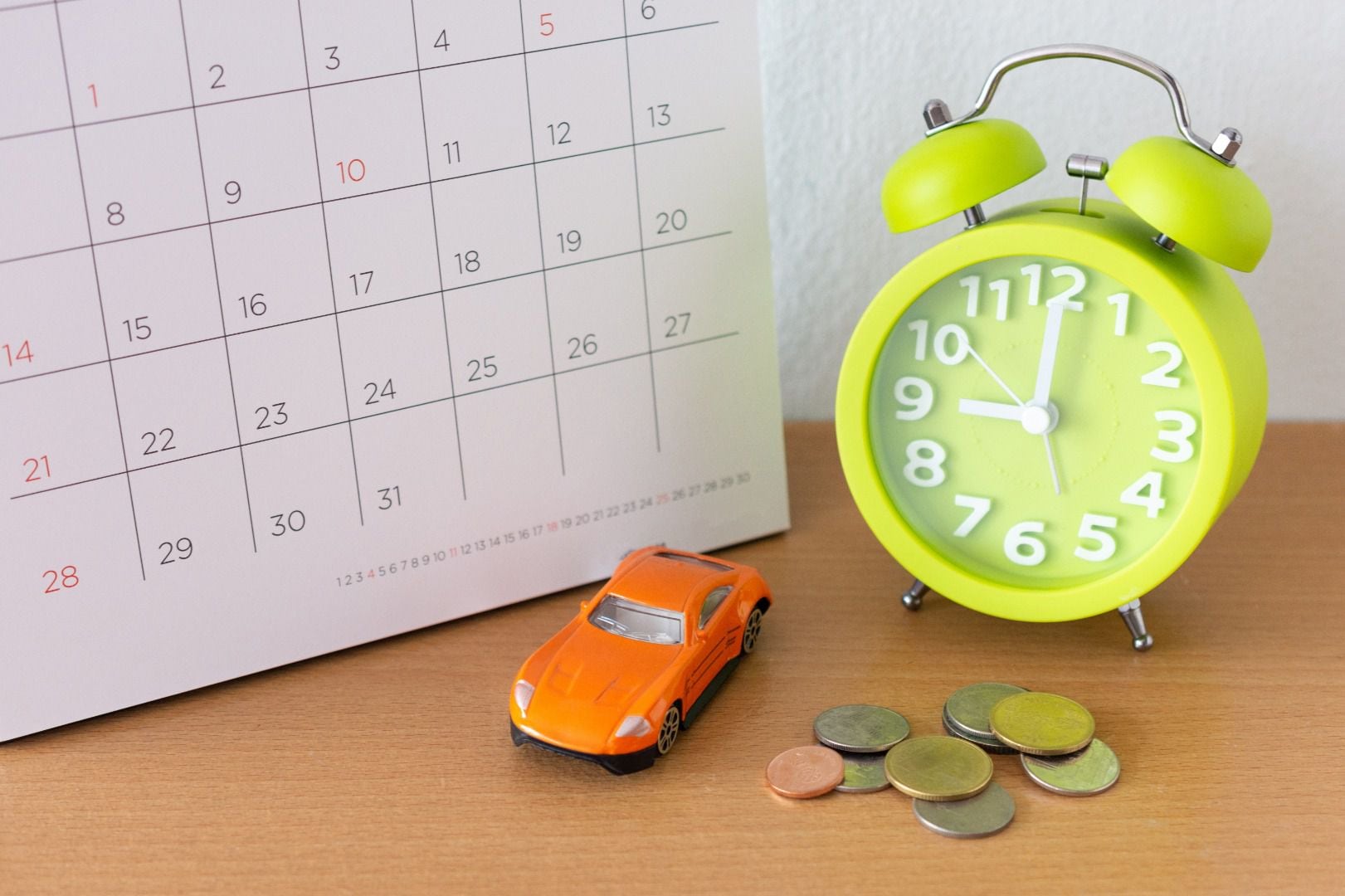
Photo by Adobe Stock
Let Dealer Compete for Your Loan
When you enter the dealership pre-qualified for a loan from an outside lender, you are in a very secure position. You have a baseline for the terms of your loan, and you have had a non-stressed time to make certain it fits within your ability to pay.
With that in hand, it is sensible to let the dealer compete for your finance business. Let the dealership know the exact terms of your pre-approved loan, and see if it can do better. It’s possible. The dealer might be privy to a manufacturer-sponsored promotion or it might have connections to a lender that might beat the offer you’ve been pre-approved for. A great thing about a loan pre-approval is you are not obligated to exercise the loan. If the dealer gives you a better deal you feel comfortable with, there is no obstacle to accepting it.
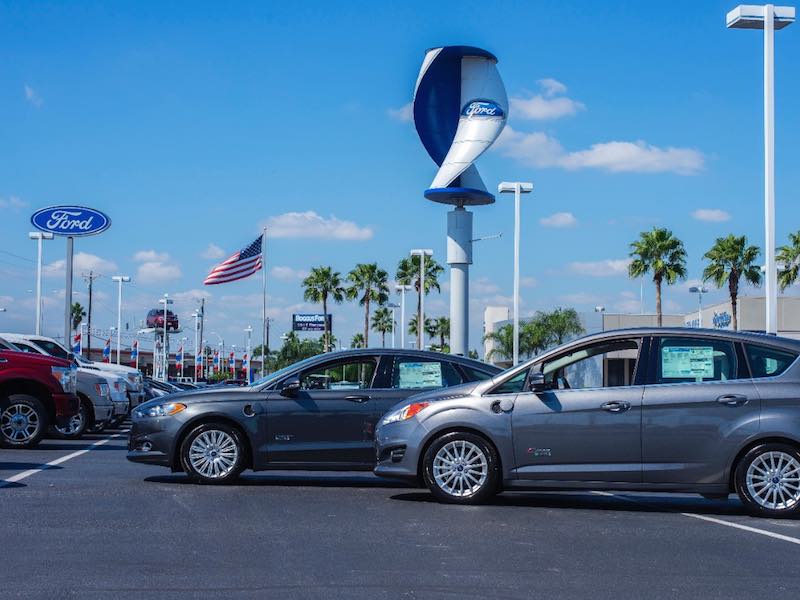
Photo by Ford
Look at Manufacturer Offers
These days, carmakers very often promote the sale of their vehicles with special financing deals and other offers. As you do your shopping research, you might look for these offers, because they can save you considerable amounts of money, often several thousand dollars.
Zero-percent or other low-percentage financing is one type of promotion that can save you money on your car loan. You can pre-shop all over town, but no bank or credit union is going to give you a car loan with a zero-percent interest rate. When a special interest rate like zero-percent is combined with a long loan term — like 72 months for example — the offer becomes even more compelling. Also compelling are “cash back” offers that can substitute for your out-of-pocket down payment — or add to it.
